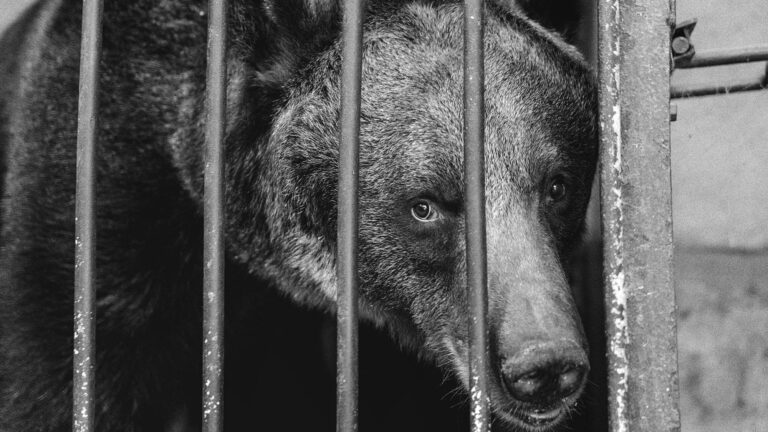Scientists think that new ways of using satellites and drones could help protect bees and their habitats.
Researchers at Devon’s Exeter University, southwest England, hope that innovative usage of modern technology will lead to earlier detection of threats to honeybees and the ecosystem.
Honeybees and other pollinators provide a range of benefits, especially to humans, by pollinating food crops.
However, much about their behaviour and the impact of climate change remains unknown.
Lead author Dunia Gonzales said: “Recent advances in drone and satellite technology have created new opportunities.
“Drones can now give us fine details of a landscape – on the scale of individual flowers.
“Combining this with satellite imagery, we can learn about the food available to pollinators across a large area.
“Along with behavioural studies of insects, this will help us understand the threats they face and how to design conservation programmes.
Gonzales – who is part of Exeter University’s Centre for Research in Animal Behaviour – explained that the flowers available to insects would vary from day to day.
She underlined that human activity was changing landscapes in ways that affect all pollinators.
Gonzales added: “With some pollinator species in decline, including many wild bees, we urgently need this understanding to protect not just pollinators in general but also the great diversity of species that each play vital roles in complex ecosystems.
“Up to now, most research using satellites has focussed on large-scale agricultural landscapes such as oilseed rape, maize and almond farms.
Gonzales stressed the need to examine terrains which feature more complex communities of plants and pollinators. She said using satellites and drones together would be a good way to learn about local differences.
The new approach of scientists at Exeter University could help fighting a deadly new disease variant which currently cuts a swathe through global populations.
Prof Dr Robert Paxton from Martin Luther University in the German city of Halle, Lower Saxony, recently warned that the latest variant of the Deformed Wing Virus had the potential to wipe out honey-bee populations all over the world.
Paxton called the virus – which is spread by varroa mites – the “biggest threat to honey bees right now.”
Paxton’s investigations have revealed that the new variant has already replaced its predecessor in Europe – and it is quickly spreading in other regions.
Paxton explained: “Our analysis confirms that the new variant is already the dominating force in Europe. We fear that it’s just a matter of time before it will have forced its way all over the world.”
The virus causes serious damage to the insects’ wings before eventually killing them.
Honey bees are social flying insects known for their construction of perennial colonial nests from wax, the large size of their colonies, and surplus production and storage of honey.
The best-known honey bee is the western honey bee (Apis mellifera), which has been domesticated for honey production and crop pollination.
Apart from the varroa mite, excessive usage of insecticides and construction projects are regarded as the biggest threats to the existence of honey bees.
To find out more about the author, editor or agency that supplied this story – please click below.
Story By: Thomas Hochwarter, Sub-Editor: Marija Stojkoska, Agency: Newsflash
The Ananova page is created by and dedicated to professional, independent freelance journalists. It is a place for us to showcase our work. When our news is sold to our media partners, we will include the link here.




